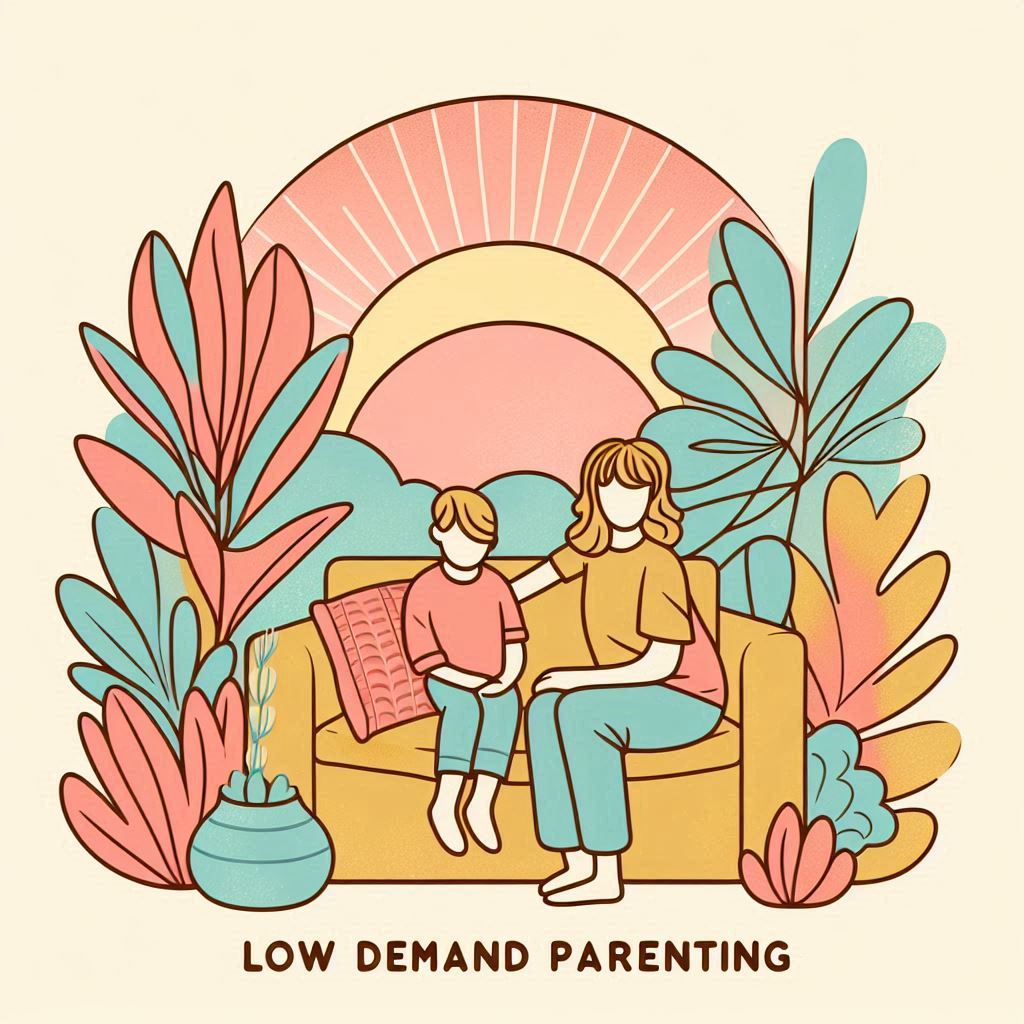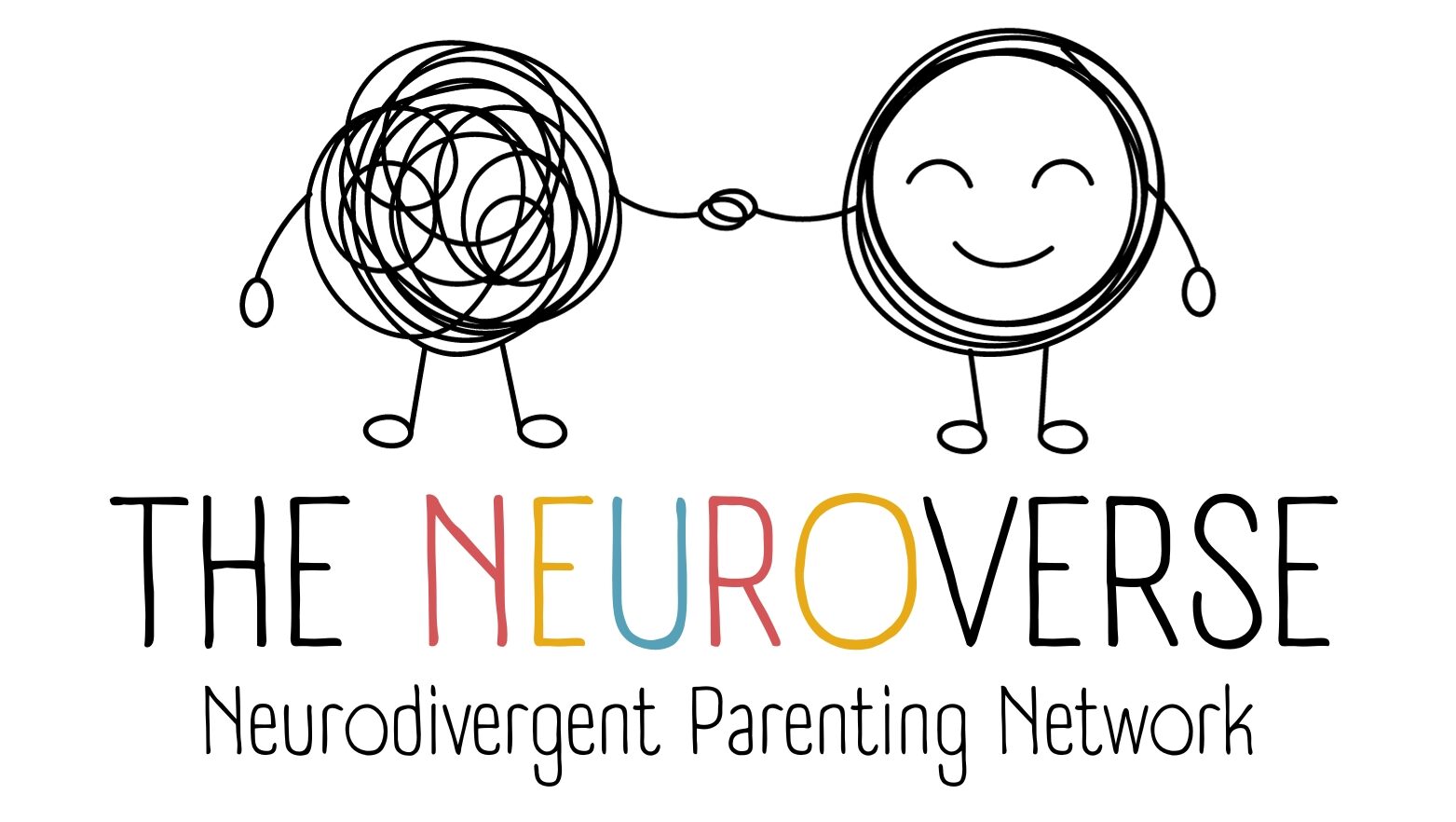Exploring Low Demand Parenting

Exploring Low Demand Parenting: A Supportive Approach for Raising Neurodivergent Children
Low Demand Parenting, a term gaining attention in neurodivergent circles, offers an alternative approach to traditional parenting, particularly for those raising children with conditions like Pathological Demand Avoidance (PDA), autism, or ADHD. This concept, deeply rooted in neurodiversity advocacy, prioritises reducing daily demands placed on children to foster a calmer, more supportive environment. It is especially valuable for children who experience heightened anxiety when faced with routine tasks or expectations.
Origins and Context
Low Demand Parenting originated as part of discussions within the neurodiversity movement, particularly in relation to Pathological Demand Avoidance (PDA). PDA, although not officially recognised in the DSM-5, is a profile of autism that presents with extreme avoidance of everyday demands due to heightened anxiety. Children with PDA perceive requests and instructions as threats to their autonomy, triggering a fight-or-flight response.
Amanda Diekman, a vocal advocate for low demand parenting, wrote extensively on how adopting this approach can create a nurturing environment for neurodivergent children, particularly those with a PDA profile. According to Diekman, this method allows parents to “drop the demands and expectations that are making family life impossible” and embrace a life with lower stress and more connection.
Pathological Demand Avoidance (PDA) is sometimes referred to by alternative terms that better capture the core characteristics of the condition. The most common alternative is “Pervasive Drive for Autonomy”, a term coined by Tomlin Wilding. This terminology shifts the focus from avoiding demands to a deeper need for autonomy, which more accurately describes the experience of individuals with this profile. The idea behind this rephrasing is to move away from the negative connotations associated with “pathological” and highlight the need for control and autonomy that drives their behaviours.
Other terms and phrases used to describe PDA, particularly in certain advocacy and clinical contexts, include:
- “Extreme Demand Avoidance”: This term emphasises the extreme nature of the avoidance, particularly in response to demands that most people would consider minor.
- “Autism with Demand Avoidance”: A broader term used when PDA is viewed as a specific profile within the autism spectrum.
These alternative terms aim to shift focus toward understanding the needs and motivations of individuals with PDA, rather than labelling their behaviour as disordered.
What is Low Demand Parenting?
Low Demand Parenting focuses on minimising the daily pressures that children face, allowing for more autonomy, flexibility, and emotional safety. The goal is not to eliminate all demands, but rather to reduce non-critical demands while maintaining important boundaries. This helps neurodivergent children feel less overwhelmed, supporting their well-being and emotional regulation.
Key principles include:
- Flexibility: Adapting daily routines to reduce stress.
- Collaboration: Working with the child to navigate tasks rather than enforcing strict rules.
- Choice and Control: Offering options to the child, allowing them to feel empowered rather than restricted by demands.
- Trust and Connection: Building a strong relationship grounded in understanding the child’s needs.

How it Works for Neurodivergent Children
Children with neurodivergent profiles, particularly those with PDA, struggle when faced with demands that trigger anxiety. Low Demand Parenting responds by reducing the “demand load,” helping the child avoid triggering situations that could lead to meltdowns or shutdowns. For instance, instead of insisting a child complete a task immediately, the parent may provide options or allow the child to approach it when they feel more in control.
Low Demand Parenting and PDA
Pathological Demand Avoidance (PDA) complicates traditional parenting approaches. Children with PDA perceive even the smallest requests—like putting on shoes—as threats to their autonomy. As outlined in the PDA Society’s guidance, a flexible, low-arousal approach that minimises direct commands and invites collaboration can be more successful(What-is-PDA-booklet-web…). With PDA, the goal is to create an environment where the child feels less threatened and more in control, reducing the likelihood of avoidance behaviours.
Lessons for Parents
- Becoming Demand-Aware: Parents are encouraged to reflect on the number of demands placed on their child each day and consider which are necessary and which can be adjusted or dropped.
- Reducing Perceived Demands: Changing how requests are framed can reduce anxiety. Instead of using direct instructions, parents can adopt a more collaborative tone, such as asking, “I wonder if we can do this together?”
- Flexibility in Routine: Parents are encouraged to prioritise flexibility, allowing children to take the lead when they are capable and adjusting routines to accommodate their current emotional and sensory needs.
- Reducing Sensory Overload: Creating a low-arousal environment helps keep anxiety at bay. Parents should be mindful of sensory triggers and adjust the child’s surroundings accordingly.
Low Demand Parenting: Not Permissive Parenting
While low demand parenting focuses on minimising unnecessary stress, it is not the same as permissive parenting. It maintains clear boundaries, but these boundaries are tailored to the child’s individual needs and are implemented with empathy. The goal is not to let children avoid all responsibilities but to help them manage demands in ways that feel safe and manageable.
Conclusion
Low Demand Parenting is a powerful strategy for families with neurodivergent children, particularly those with PDA profiles. It provides a structured yet flexible approach that respects the child’s need for autonomy and reduces anxiety. This approach allows parents to maintain important boundaries while adapting to their child’s unique neurocognitive needs, fostering a more peaceful and supportive family environment.
References and Resources for Parents
These references and resources can help parents learn more about Low Demand Parenting and its application for neurodivergent children, especially those with PDA, autism, and ADHD.
- Diekman, A. (2023). Low-Demand Parenting: Dropping Demands, Restoring Calm, and Finding Connection with Your Uniquely Wired Child. HarperOne.
- This book explores how low-demand parenting can support children with a range of neurodivergent profiles, offering practical advice for reducing family stress and anxiety.
- PDA Society. (2023). Pathological Demand Avoidance (PDA). Retrieved from https://www.pdasociety.org.uk
- The PDA Society provides in-depth information on PDA, parenting strategies, and the PANDA approach for managing demand avoidance. They offer resources, workshops, and support networks for parents.
- Henderson, D. (2023). PDA: Not What You Think It Is!. Retrieved from https://www.drdonnahenderson.com
- This blog post by Dr. Donna Henderson, an expert in neurodivergent profiles, explains PDA and how a low-arousal, low-demand parenting style helps children with this profile.
- Saline, S. (2019). What Your ADHD Child Wishes You Knew: Working Together to Empower Kids for Success in School and Life. TarcherPerigee.
- While focusing on ADHD, this book outlines how reducing demands and working collaboratively with neurodivergent children can lead to better outcomes and stronger relationships.
- Greene, R. W. (2016). The Explosive Child: A New Approach for Understanding and Parenting Easily Frustrated, Chronically Inflexible Children. HarperCollins.
- Greene’s Collaborative & Proactive Solutions (CPS) model shares similarities with low-demand parenting, focusing on understanding a child’s unique needs and working with them, rather than against them.
- Kranowitz, C. S. (2005). The Out-of-Sync Child: Recognizing and Coping with Sensory Processing Disorder. Perigee Trade.
- For parents dealing with sensory issues common in PDA and other neurodivergent profiles, this book provides insight into how sensory overload can be reduced through a low-demand approach.
- Tomlin Wilding, J. (2022). Understanding PDA: The Essential Guide for Parents. Jessica Kingsley Publishers.
- This guide offers a comprehensive understanding of PDA, practical parenting advice, and strategies that align with a low-demand approach to reduce conflict and build a trusting relationship with your child.
Online Resources for Parents:
- Neurodivergent Insights – This platform offers a range of resources, including articles and webinars on low-demand parenting and PDA. https://www.neurodivergentinsights.com
- Understood.org – A resource hub for parents raising neurodivergent children, with guides on managing sensory overload and demand avoidance. https://www.understood.org
- Autism Parenting Magazine – Articles on parenting strategies for autistic children, including those with PDA profiles. https://www.autismparentingmagazine.com



Leave a Reply